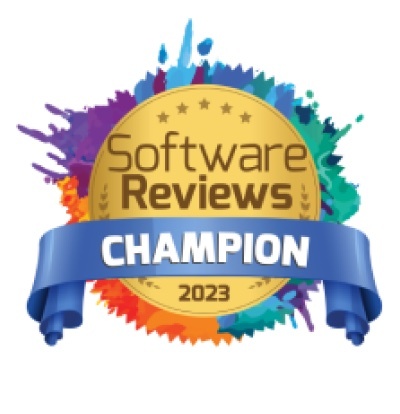Modern data processing depends on metadata management to power enhanced business intelligence. Metadata is of course the information about the data, and the process of managing it is mysterious to those not trained in advanced BI.
In this article, you will learn:
- What does metadata management do?
- What is metadata management?
- How do metadata management tools work?
- How automated metadata management empowers BI & analytics?
What Does Metadata Management Do?
To understand why it’s so important, imagine the amount of data that an enterprise-level financial institution acquires. Just keeping this data organized is a full-time job for a BI team, while deriving useful assessments from it is another time-consuming challenge.
So, what happens when a regulatory body, empowered by guidelines put in place by BCBS 239, requests a risk assessment audit? Finding the data required to prepare this report, which could stretch back years or even decades, has the potential to cripple an already-overloaded BI team. And failure to meet these requests could result in steep fines for the organization.
So, how can BI & analytics teams meet these goals?
The answer is by automating their entire BI landscape – specifically through automated metadata management, which allows teams to identify relevant data quickly, trace origin points and present accurate results.
Dive Deeper into How Automated Metadata Management Changes the Way BI Works
Check out "The Many Faces of Metadata Management: From Data Catalogs to Data Governance and BI Operations"
Download the White Paper
What is Metadata Management?
At its core, metadata management is the process by which BI and analytics teams manage data that describes other data. It involves establishing policies and processes that ensure information can be integrated, accessed, shared, linked, analyzed and maintained to best effect across the organization. It is key to understanding the data landscape.
How Do Metadata Management Tools Work?
A company with the ability to find, organize, and access metadata has better control over its data as a whole. Reaching this level of improved data processing depends on essential metadata management best practices.
The three most important metadata management capabilities are automated data discovery, automated data lineage, and automated business glossary or data dictionary. Let’s take a look at each of these capabilities to see how they work together in order to provide better enterprise metadata management.
1. Automated Data Discovery
One of the first challenges of BI metadata management is to actually locate all of the relevant data within a system. Automated data discovery completes this time-consuming task in a fraction of the time with extremely high accuracy.
Advanced technology, such as machine learning, guides the process and helps discover both hidden and new data. With automated data discovery the BI team can find their data instantly and gain a clearer picture of their entire BI environment.
2. Automated Data Lineage
Understanding the journey data has taken is essential to evaluating the quality of your data. Where did the data originate and how did it make its way into the various systems it resides in and onto the various reports it resides on?
Automated data lineage uses metadata to trace the entire path of every piece of data within your organization. Being able to establish the journey is a necessary element of meeting regulations such as those required by the CCPA, GDPR or BCBS 239,
3. Automated Business Glossary
Creating a business glossary is key to ensure that all teams utilizing a company’s data are on the same page, relying on the same definitions. A business glossary is a tool which tracks and defines all relevant terms used within an organization and compiles them in an enterprise-wide document.
A business glossary then informs both data discovery and data lineage. It is easier to track and locate different data points when you are using the same definitions established across the company. When utilized in tandem, these three tools are made more effective and improve overall learnings and insights.
How Automated Metadata Management Empowers BI & Analytics?
The complexity of today’s data processing systems requires high-functioning and precise metadata management. Make sure your BI teams deliver the most accurate information to the business, quickly, by utilizing automated metadata management.
You’ll then be able to use the information acquired to make better business decisions and keep your company at the top of its field.








